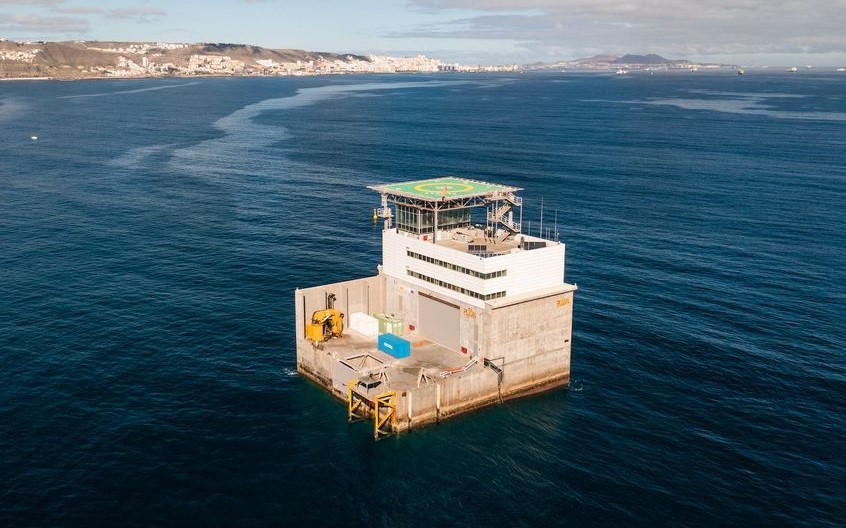The initiative, part of the H2VERDE project, aims to promote the archipelago’s energy autonomy. The Canary Islands Oceanic Platform (PLOCAN) will be Spain’s first offshore renewable hydrogen production facility. This project is co-financed by the Government of the Canary Islands and receives support from the European NextGenerationEU fund as part of the Recovery, Transformation, and Resilience Plan (PRTR).
According to a PLOCAN press release, this venture will transform the archipelago’s decarbonization, energy autonomy, mobility, and blue economy, promoting sustainability on the islands.
Green hydrogen is a clean energy carrier produced from renewable energy sources such as solar, wind, and hydropower. Its use makes it possible to store and transport energy without generating harmful emissions. This will reduce dependence on fossil fuels, which account for 95 percent of energy demand in the Canary Islands, and make an active contribution to combating climate change.
Adriana García, project manager of the Energy research line at PLOCAN, emphasizes that green hydrogen represents a “strategic solution” in insular areas like the Canary Islands to harness renewable resources and ensure a stable, sustainable energy supply.
The PLOCAN plant for the production of renewable hydrogen will be built 1.5 km off the coast of Gran Paz on an offshore marine platform. The system includes an electrolyzer that splits seawater into hydrogen and oxygen using renewable energy (prototypes for solar, wind, and hydropower).
The plant will also be equipped with a fuel cell that converts the produced hydrogen into electricity when needed and includes batteries for energy storage. A hydrogen pump, also known as a hydroliner or hydrogen station, will also be installed – the first of its kind in a maritime environment in Spain. This pump will be used, among other things, to charge forklifts, ships, and autonomous surface vehicles (gliders).
This type of hydrogen could power vehicles and port machinery and replace fossil fuels in “key sectors” such as ports, tourism, and logistics, leading to zero-emission operations in these areas. The PLOCAN plant will have a capacity of up to 15,000 kilograms of green hydrogen per year and will serve as a real-world laboratory to test the use of hydrogen in the marine environment, as well as stimulate innovation and train qualified personnel.
The project will enable the complete decarbonization of PLOCAN’s offshore platform, which will meet all its energy needs sustainably and reduce emissions of over 200 tons of CO2 per year into the atmosphere.
Alejandro Romero, coordinator of the H2VERDE project, explained that green hydrogen is emerging as an “opportunity” to attract new talent and position the islands as a benchmark for clean energy and the blue economy. He added that the use of green hydrogen could reduce global CO2 emissions by 20 percent.
The European Union plans for this energy source to account for 20 percent of the energy mix in its territory by 2050, “with a particular presence in heavy goods transport.” Romero also emphasized that annual fossil energy imports in the Canary Islands range between €18,000 and €90,000, underscoring the need to advance energy sovereignty and the use of green hydrogen to work toward this goal.
Finally, he pointed out that the promotion of hydrogen and renewable energies on the islands not only supports energy autonomy and decarbonization but also fosters innovation and employment. This is achieved by strengthening research, technology transfer, and the creation of skilled jobs in new industrial sectors.
The PLOCAN plant will thus serve as a network model for isolated areas and present solutions that are also applicable to other island regions.




